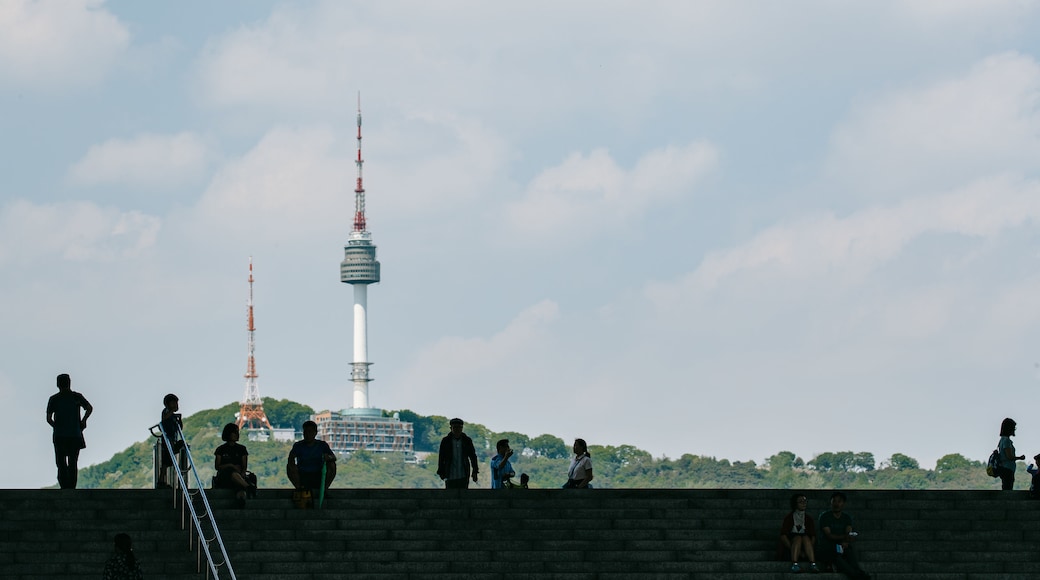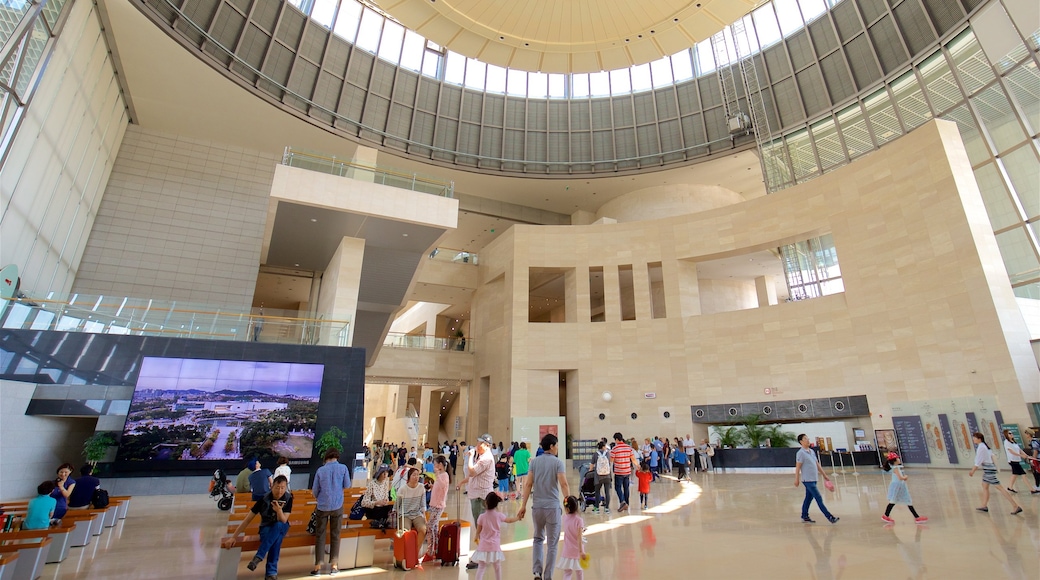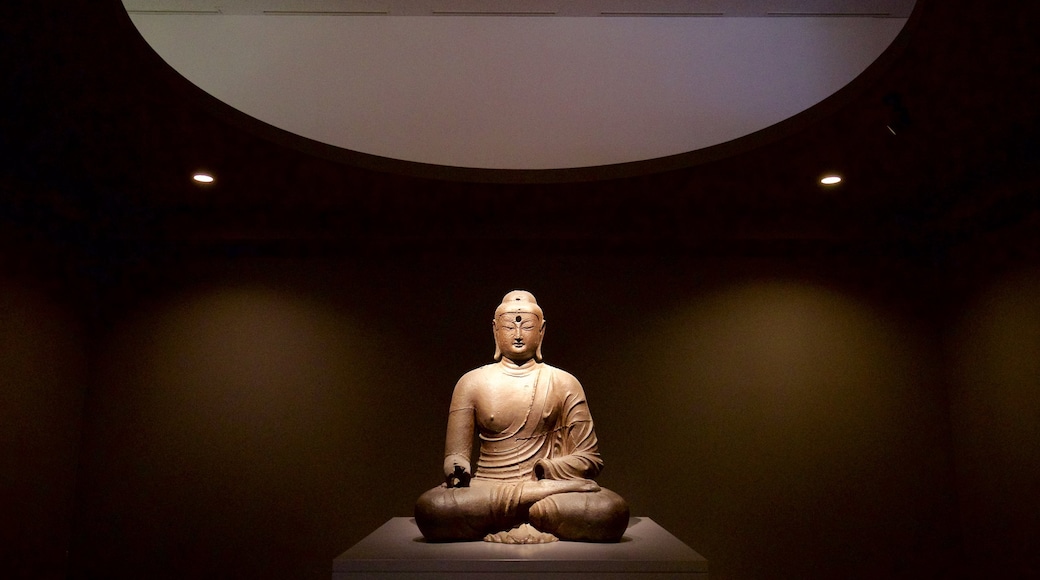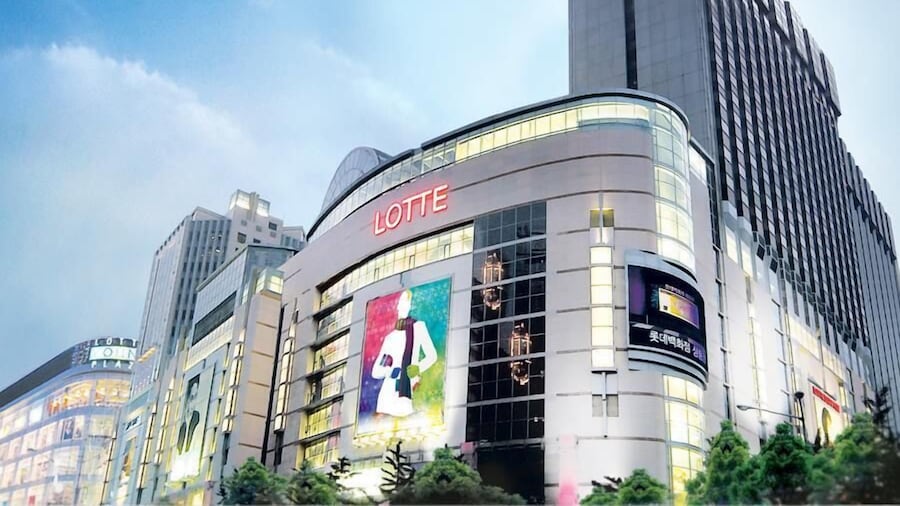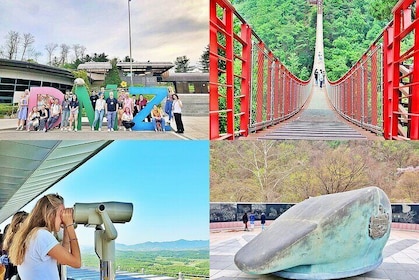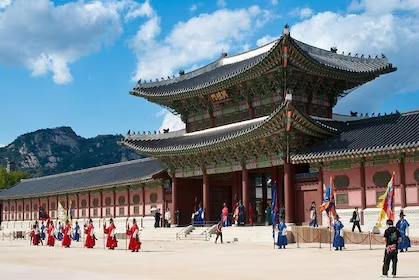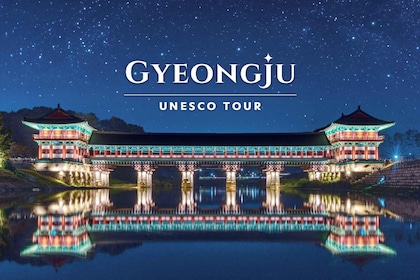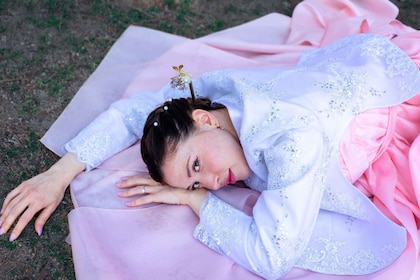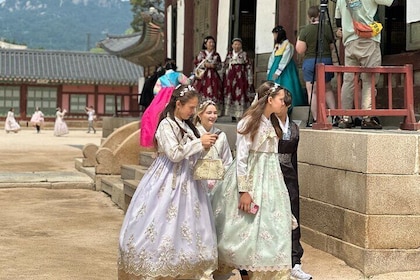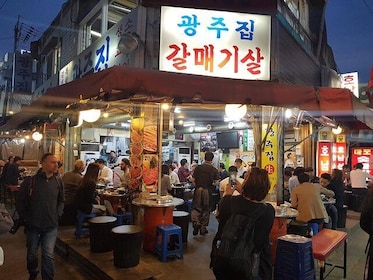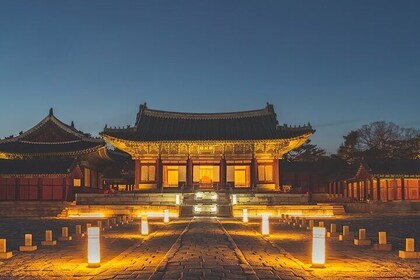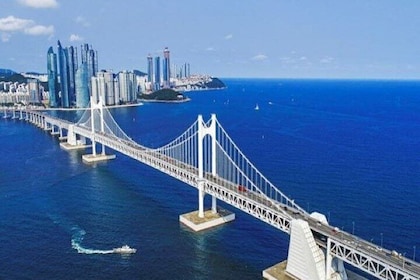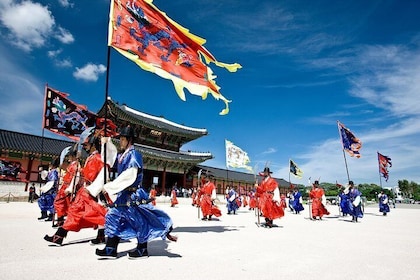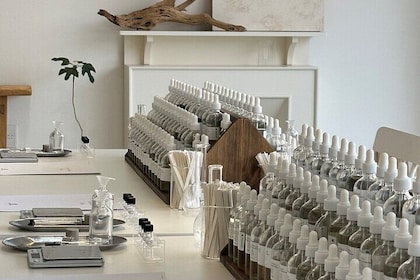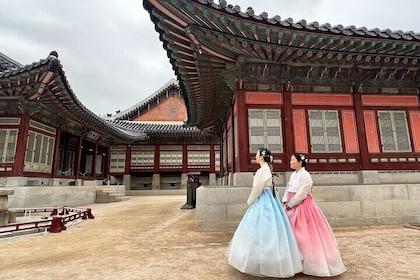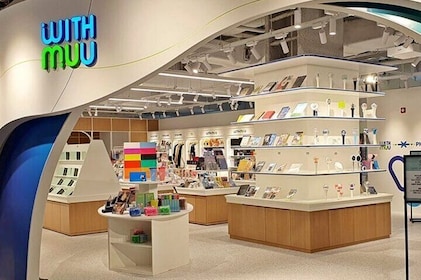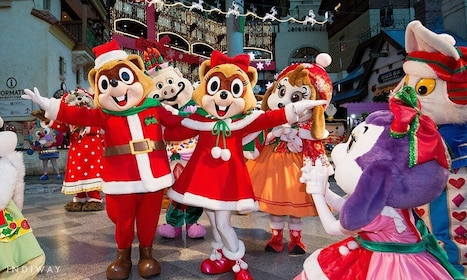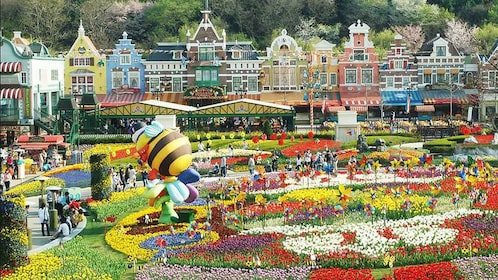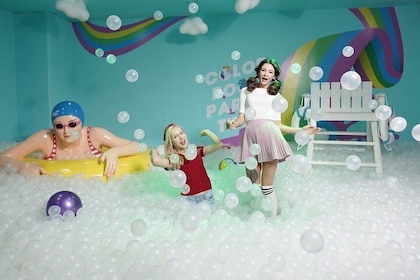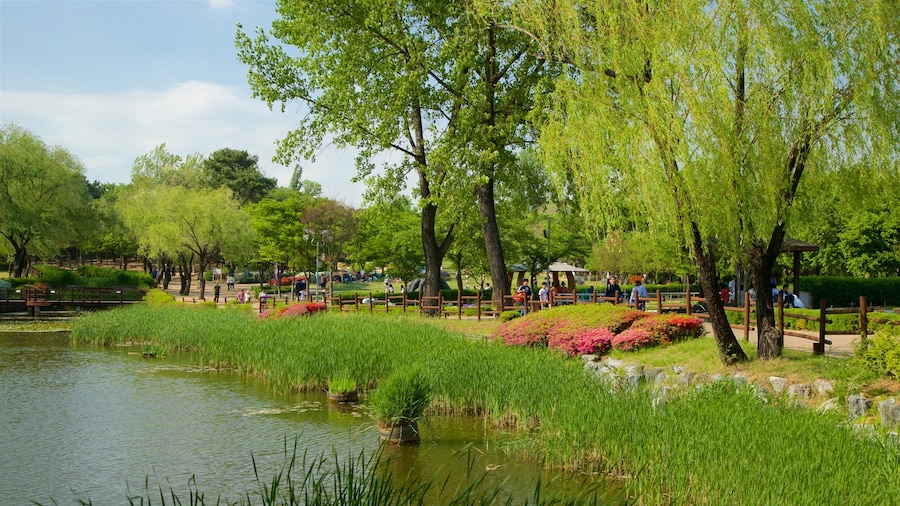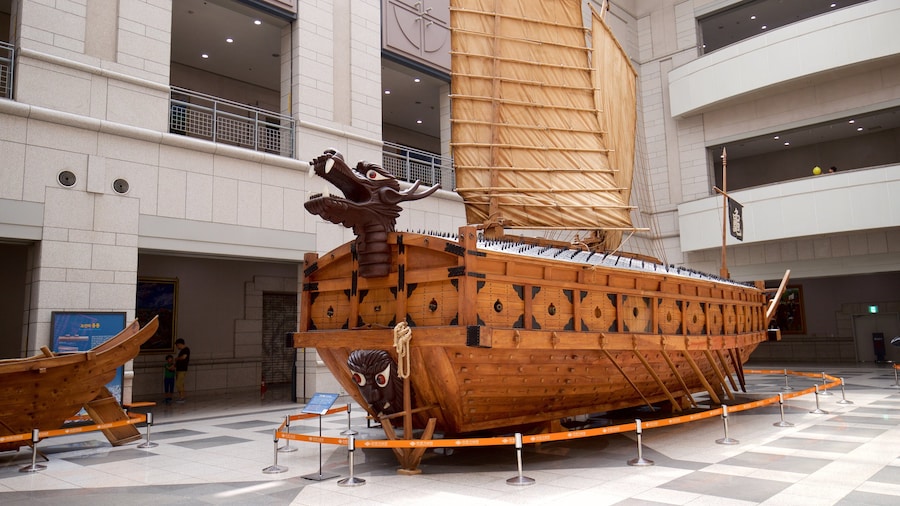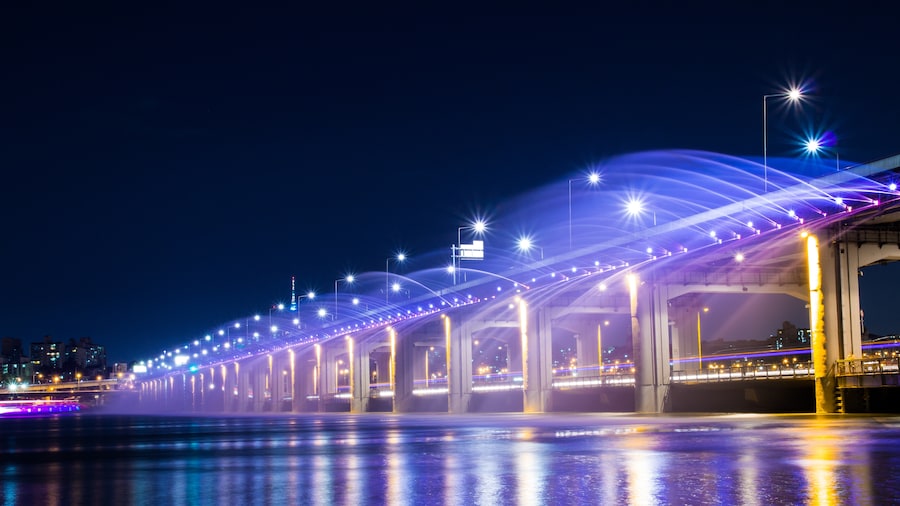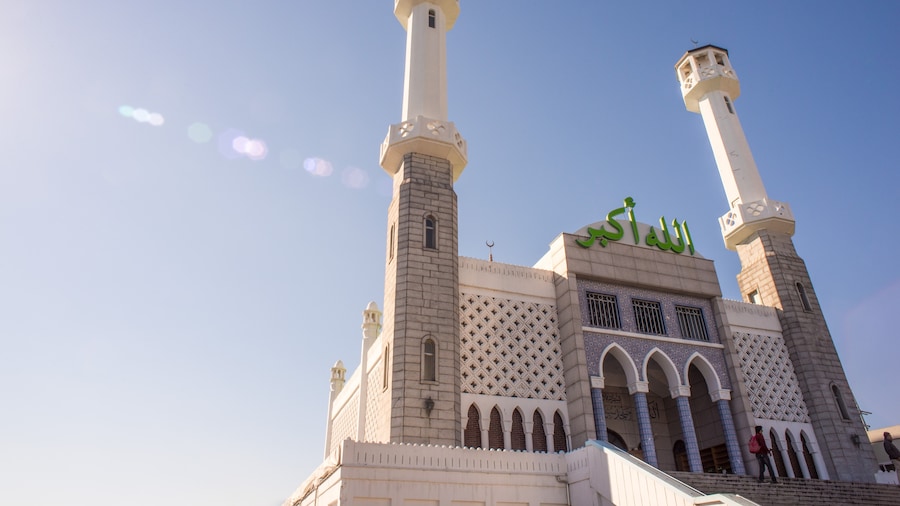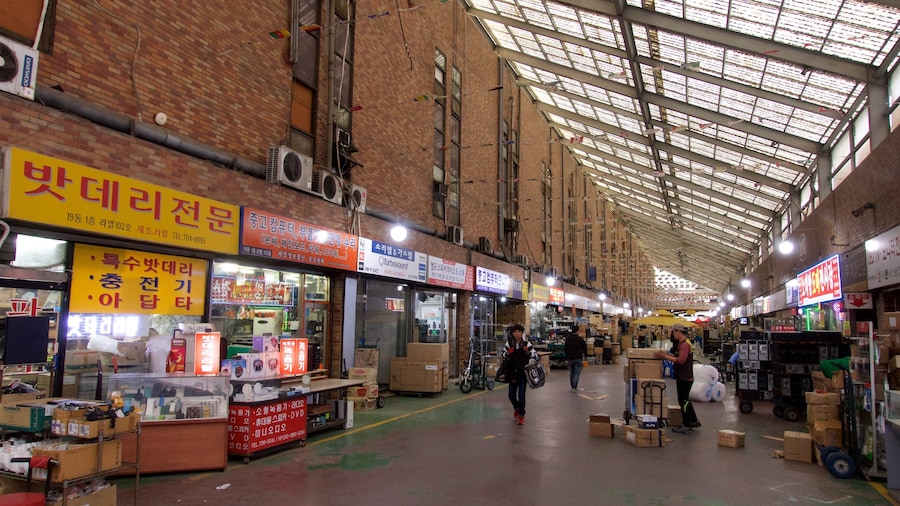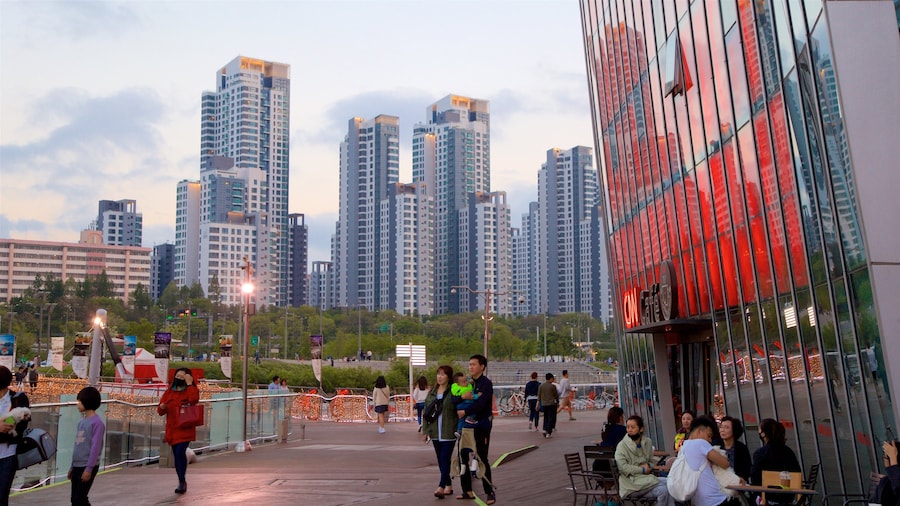Marvel as natural light illuminates the galleries of this contemporary museum building, which houses thousands of ancient and valuable Korean objects.
Explore Korea’s arts, ancient history, ethnology and religion in one spot at the National Museum of Korea. Spread across multiple floors and six permanent exhibition areas are 12,000 artifacts taken from a catalog of pieces. The National Museum of Korea dates back to 1945, when Korea regained independence from Japan. Originally housed in the Gyeongbokyong Palace, it moved to its current modern location in 2005.
Start your visit in the Prehistory and Ancient History gallery to learn about some of the earliest civilizations to inhabit Korean lands. Get an in-depth overview of the Goryeo Dynasty, Joseon Dynasty and Korean Empire in the Medieval and Early Modern History gallery. Kids can enjoy replicating traditional art forms and lifestyles in the Children’s Museum.
On the second floor is the fascinating Calligraphy and Painting gallery. Highlights include Buddhist paintings from the Goryeo and Joseon dynasties and works by members of the Dohwaseo royal academy. Browse exhibitions of ceramics, earthenware, paintings and sculptures donated by wealthy benefactors.
Artworks from various Asian nations decorate the third floor. These include exquisite statues of Buddha and treasures from a 14th-century merchant ship that foundered off the Sinan coast. See pieces from Southern Asian countries including Cambodia, India, Nepal and Vietnam.
In addition to the treasures inside, the superb outdoor exposition space has pagodas, shrines and stupas set around gardens and ponds. Delve into the complexity of the Korean language at the National Hangeul Museum. Watch concerts, dance shows and plays at the Theater Yong.
Reach the museum easily by taking the train or metro to Ichon station. Parking is available for a fee within the grounds.
The National Museum of Korea is open daily, except New Year’s Day, Lunar New Year and Korean Thanksgiving. Admission is free. The Children’s Museum opens on the last Wednesday of the month and an online reservation is required. Fees are applicable for special exhibitions, the National Hangeul Museum and Theater Yong. Join one of the guided tours in English, which take place up to three times daily. Audio guides are also available for a fee.

